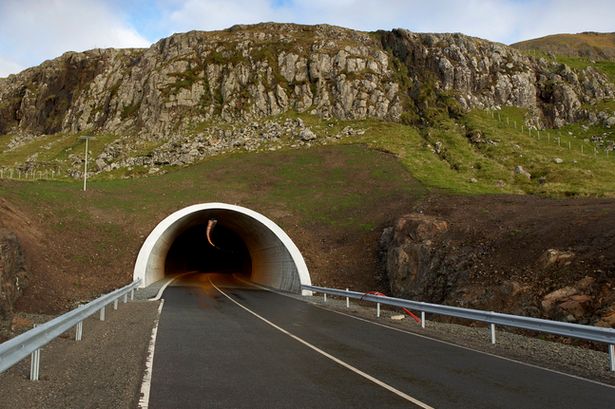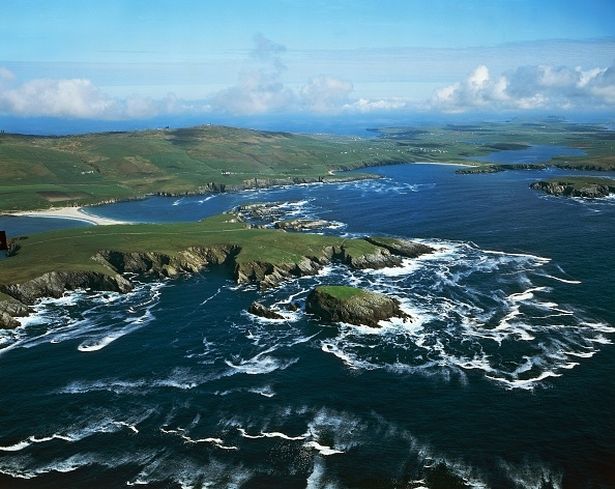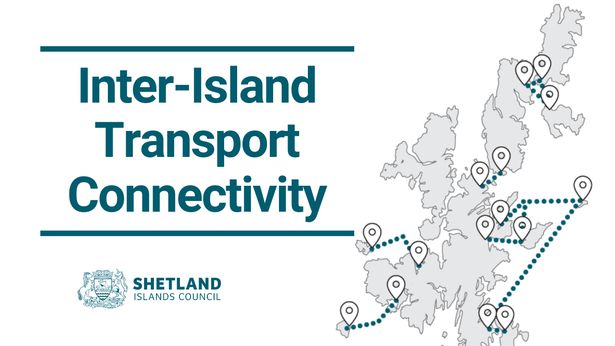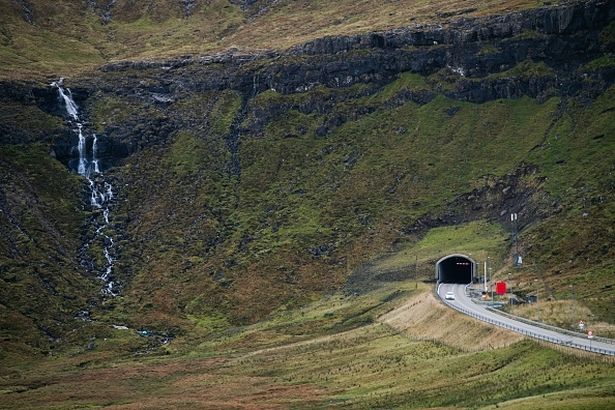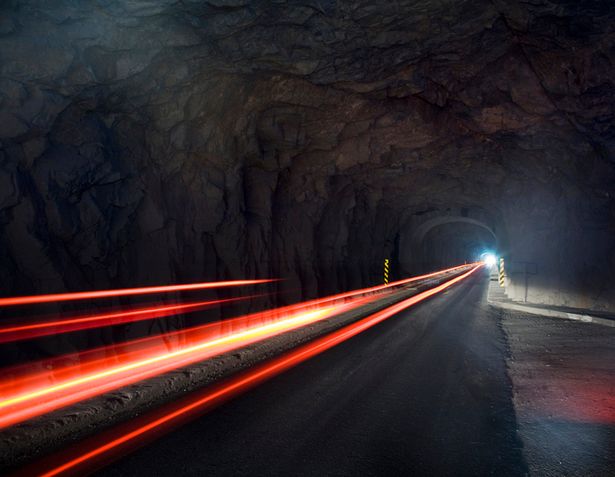Ambitious proposals to build a huge network of undersea UK tunnels have been discussed for years, but always failed to gain momentum. However, the plan just got one step closer to becoming reality
Ambitious plans to create a network of undersea tunnels connecting one of the UK’s most isolated regions have taken a ‘significant step’ forward. Famed for its secluded white beaches, rugged grassy cliffs and crystal-clear waters, the Shetland Islands (commonly referred to as just Shetland) consists of roughly 100 picturesque isles, with only 16 of them being inhabited.
Situated some 110 miles from mainland Scotland, and 140 miles west of Norway – the archipelago is the northernmost region of the UK. Despite only having a tiny population of around 23,000 – the archipelago attracts around four times the number of tourists every single year. However, for residents and holidaymakers alike, getting from island to island isn’t always easy.
READ MORE: Major UK tunnel on the verge of tolls to plug huge £820k funding gap
At the moment, there appear to be only two airports in Shetland that have scheduled flights (Sumburgh and Lerwick/Tingwall), meaning the most common way to cross the rough waters is via ferry. However, the archipelago could soon be efficiently linked together by a huge network of tunnels.
It’s an idea that would be life-changing for many locals, and industries such as salmon farming, which has been in the works for years but always failed to gain momentum. However, last month the Shetland Islands Council had a meeting to approve the Network Strategy – Strategic Outline Case (SOC) report, presented by Stantec in partnership with COWI, Mott Macdonald and ProVersa.
The report is designed to establish the case for investment in ferries and harbours and, in some cases fixed links, including tunnels. In what has been described as a ‘significant step’, the council agreed to fund a study to establish the commercial and financial viability of fixed links and the future steps required to move the project forward. If the early plans go ahead, Shetland could see enhanced ferry services for Fetlar, Foula, Papa Stour and Skerries, together with the case for tunnels to Bressay, Unst, Whalsay and Yell.
“Tunnelling in Shetland is, ultimately, about future-proofing our island population,” said Council Leader Emma Macdonald. “Transport connectivity is central to creating sustainable islands which provide good homes and good jobs for our people, and which can reverse decades of depopulation.”
The councillor pointed to the Faroe Islands, a self-governing archipelago that’s part of the Kingdom of Denmark, located some 200 miles further out into the Atlantic.
Despite its isolated position, the 18 islands are actually connected by 23 tunnels, four of which run below the sea. One of these is a 7.1-mile tunnel which connects the island of Streymoy to two sides of a fjord on the island of Eysturoy, and features the world’s only undersea roundabout nicknamed the Jellyfish.
“Tunnelling from mainland Shetland to our outer islands could increase their population, lower their average age, and increase their economic prospects,” she added. “It’s also critical that we continue to invest in a resilient and reliable ferry service to support all our islands. The Council has today approved this latest recommendation, and as a result this represents a significant step towards the construction of tunnels between our islands.”
Isles MP Alistair Carmichael also welcomed the move, arguing that tunnels have the potential to transform Shetland’s economy and communities. “We have seen a few false dawns on tunnels for Shetland – now is the time to deliver on their promise,” he said. “I am glad that the Council is putting investment into this project to move it to the next stage.
“The Stantec report made it clear that the choice is between either investing further in the ferry service or in fixed links. That means that tunnels can no longer be dismissed as the ‘high cost’ option relative to ferries, which is good news as we go into the next stage of development… It has been a long road just to reach this point and there is still a long way to go but I am glad that progress is being made.”
Details on how much such a project would cost, or how long it would take to construct, have yet to be announced.
Do you have a story to share? Email us at [email protected] for a chance to be featured.



